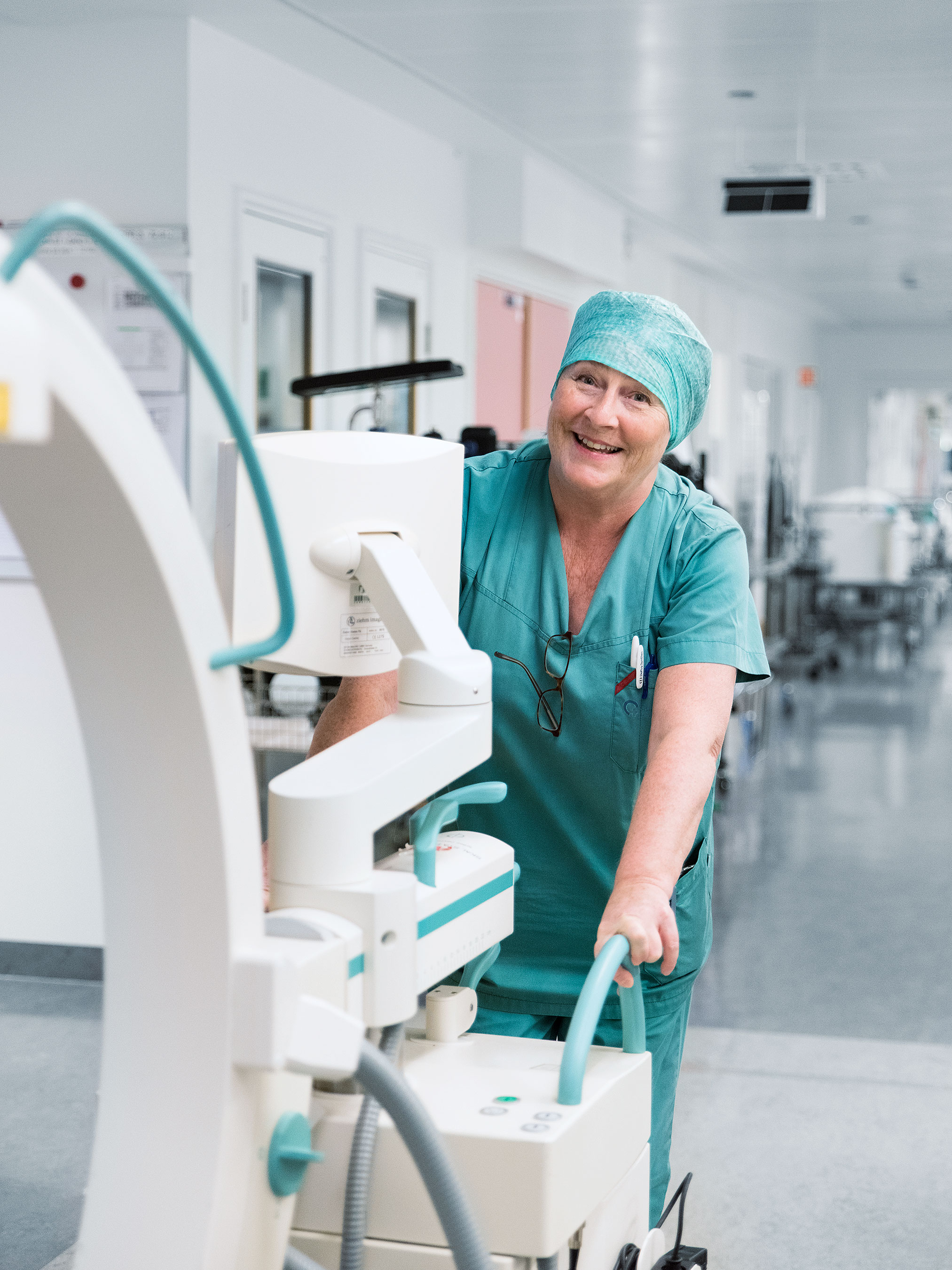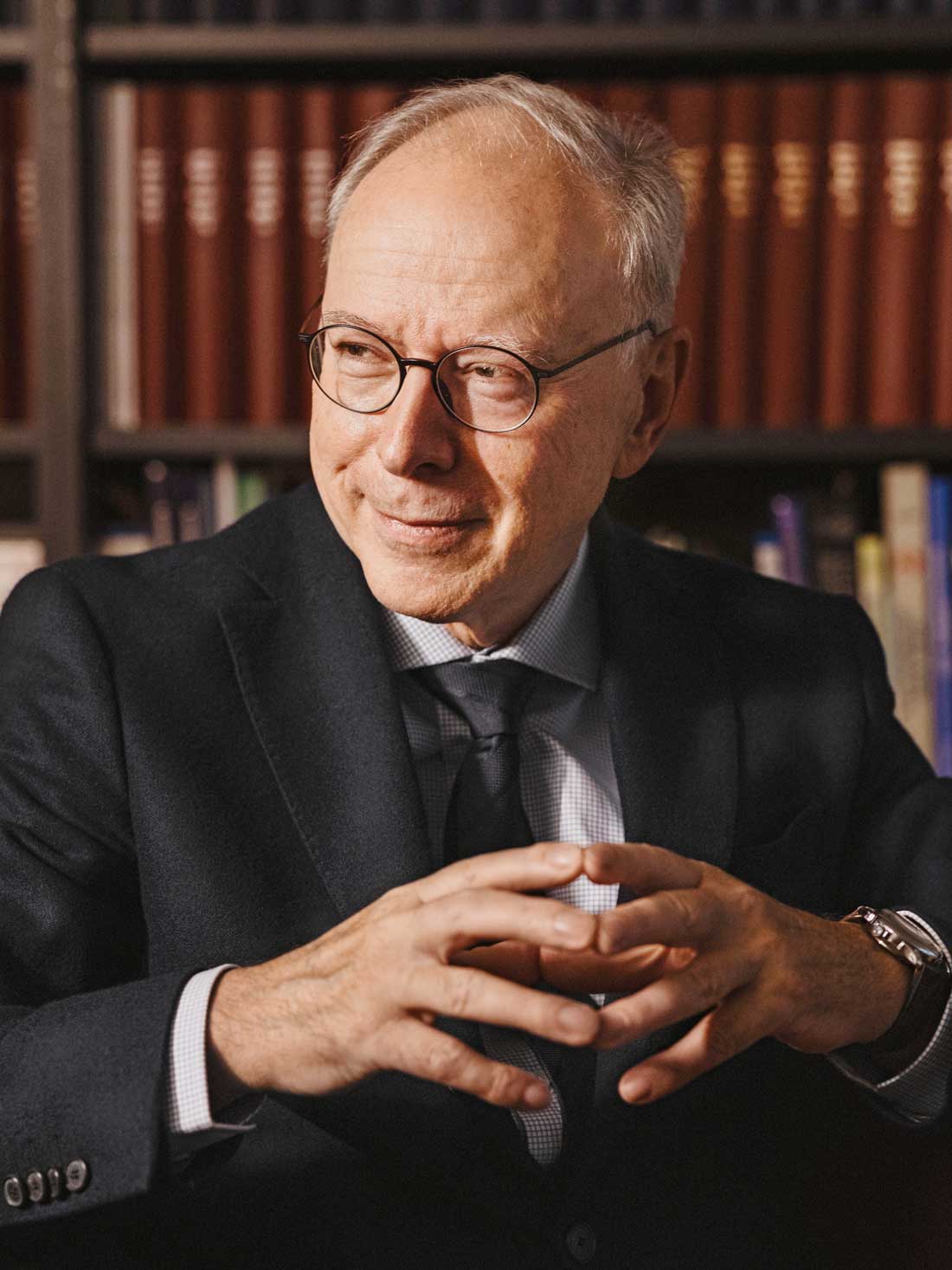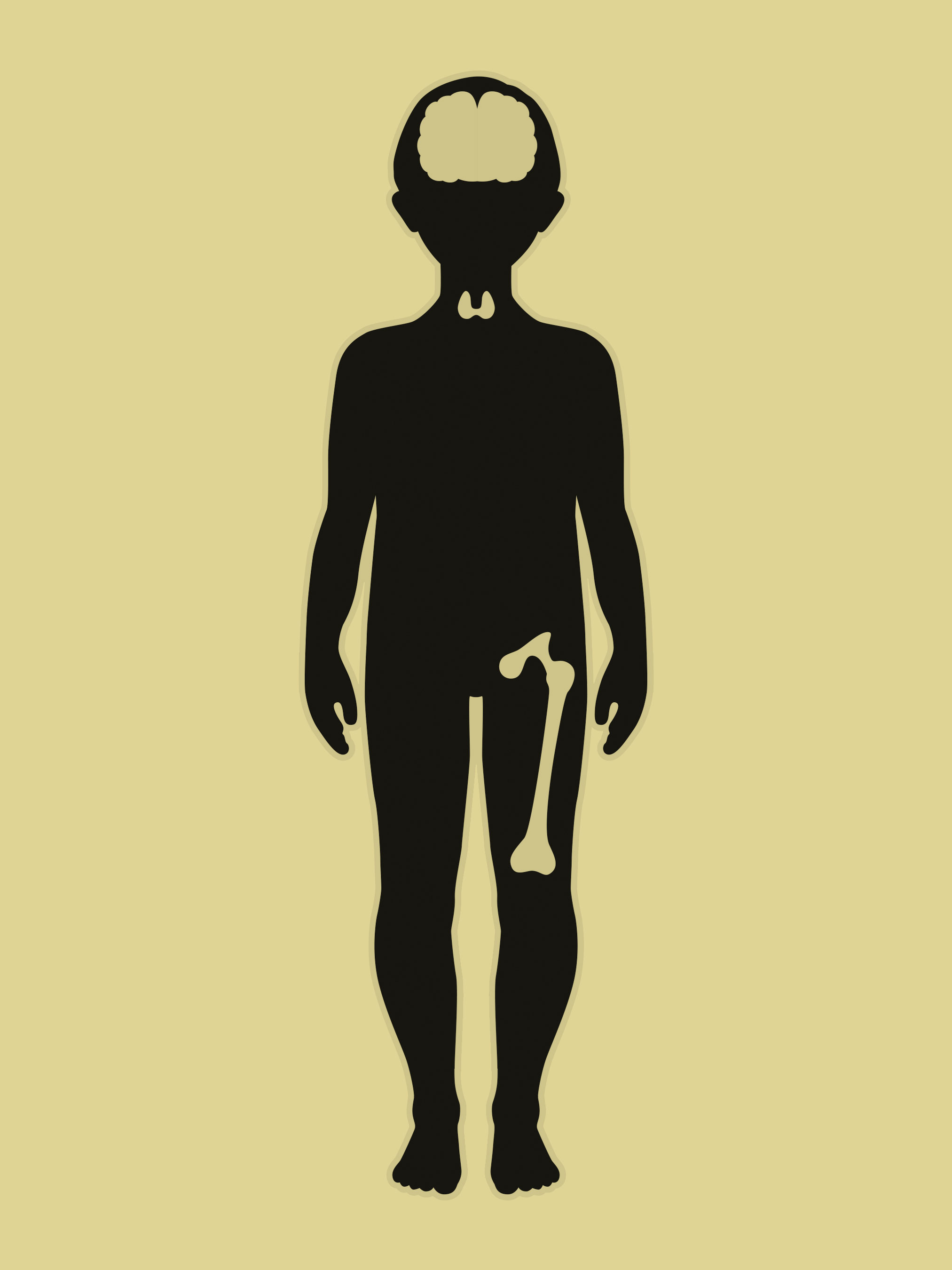Operating
the system
Photos
Simeon Johnke
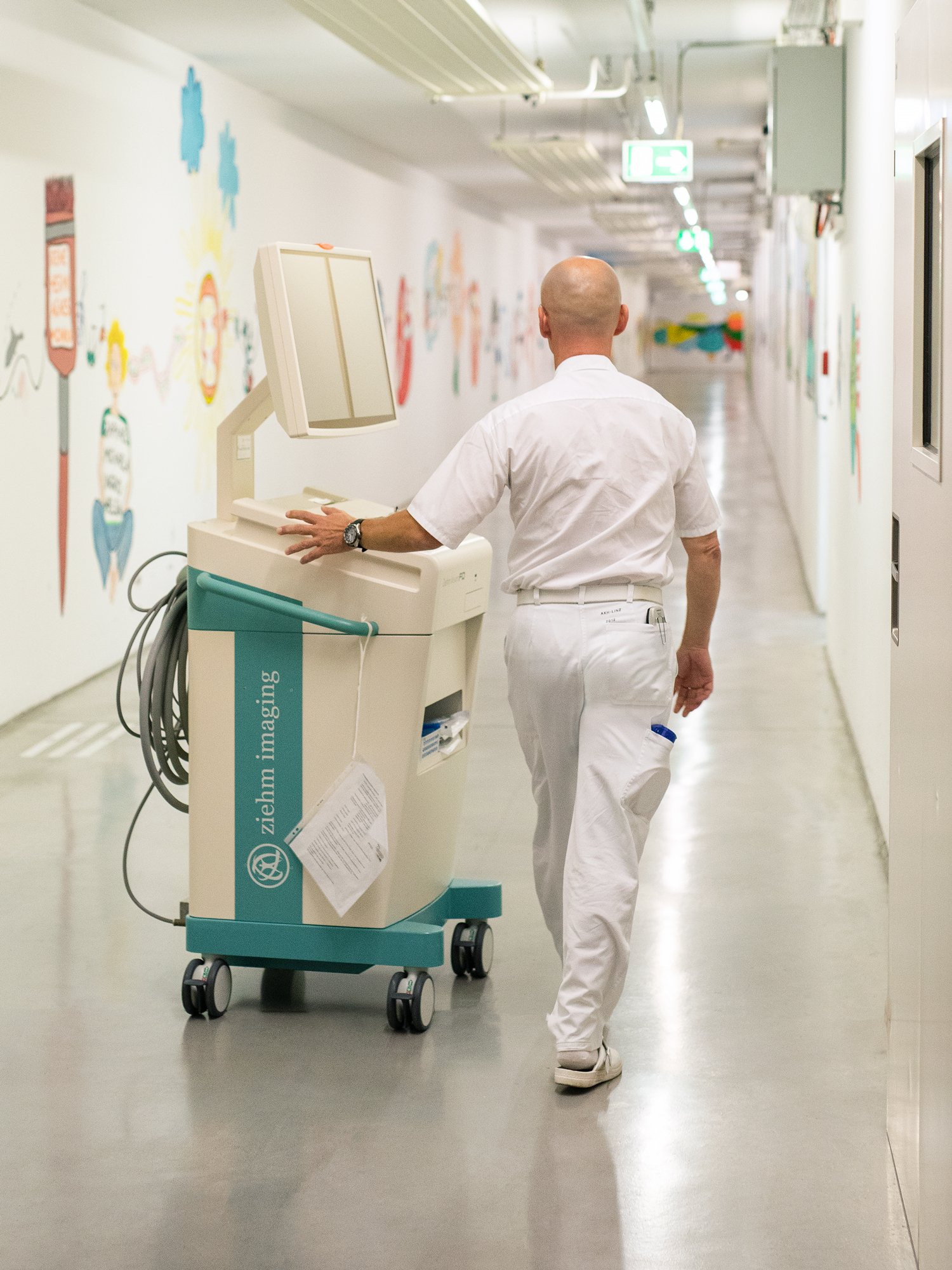
Medical technology thrives on close collaboration between engineers, business managers, and clinical personnel. Bernhard Hochholdinger (BH) and Norbert Lechner (NL) talked to us at the Kepler University Hospital in Linz, Austria, about the growing importance of medical technology for the efficiency and profitability of modern hospitals.

Mr. Hochholdinger, you are in charge of medical technology at Upper Austrian Health Holding. How did this come about?
(BH) In 2003, I started working for the former General Hospital (Allgemeines Krankenhaus AKh) of the city of Linz as a project manager for medical technology. 13 years later the AKh, the Regional Women’s and Children’s Hospital and the Wagner-Jauregg-Hospital merged to form the Kepler University Hospital (KUK). In 2017, I took over the management of the Medical Technology and Medical Informatics Division. Since the integration of KUK into the Upper Austrian Health Holding in July 2019, my team and I have been responsible for the medical technology of the entire holding.
What role does Upper Austrian Health Holding play in Austria?
(BH) With around 14,500 employees, the holding company is Upper Austria’s largest hospital operator and, in addition to the Kepler University Hospital, operates five other regional clinics at eight locations.
How is Kepler University Hospital different from other healthcare providers?
(BH) With around 6,500 employees and approximately 1,800 beds, the KUK is Austria’s second largest hospital, and the central healthcare provider for the city of Linz and the entire region. It covers the clinical spectrum including all departments and chairs. The close connection to the medical faculty at Johannes Kepler University enables new ways of teaching and offers many opportunities in the field of research and development. The campus character of the hospital creates an optimum setting for efficient work and flexibility. With the exception of the Neuromed campus, which is located at a different location in Linz, the buildings on the Med campus are connected by underground supply routes as well as above-ground corridors. The narrow glass passages between the buildings, which we internally call ‘the lion’s walk,’ are a symbol of networking.
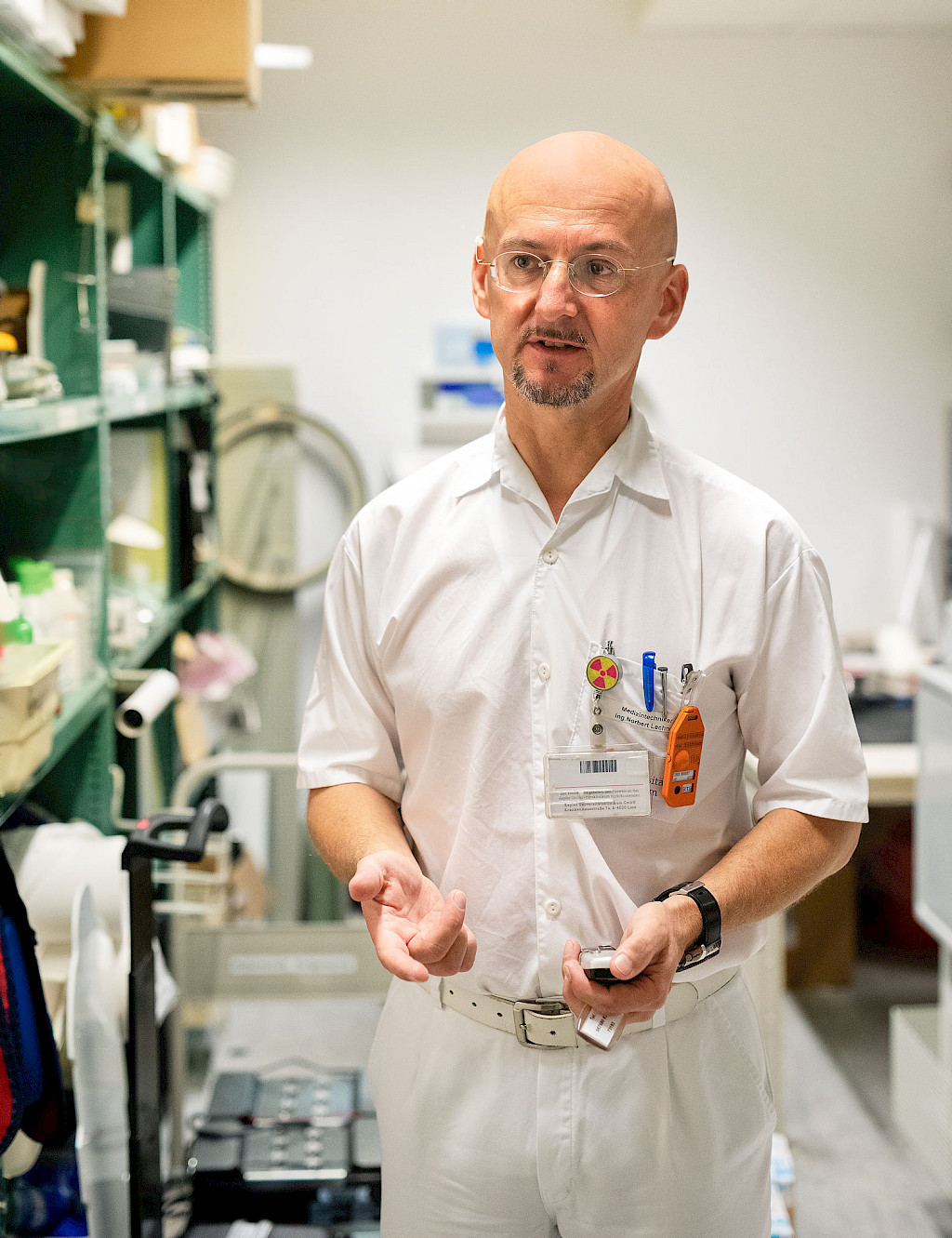
Mr. Lechner, you are an important contact person for medical technology at KUK. How did you grow into this role?
(NL) After eight years in the field of X-ray technology, I started my career in 1998 in the former AKh Linz as a ‘one-man-show.’ I started as the first X-ray technician in the company. Over a period of five or six years, I was able to build up a small medical technology division with two employees that is responsible for all imaging procedures. At the moment, we support the Med campus with about 150 systems, from CT and MRI systems, angiography and X-ray workstations, to ultrasound equipment and C-arms. Besides the practical work with the equipment, teaching is very important to me. Lectures and courses have long been an integral part of my work.
What are the main responsibilities and daily tasks in the Medical Technology Department?
(BH) Ensuring the functional and operational safety of all medical devices is one of our central tasks. We are responsible for budget control, coordination, implementation, and monitoring of maintenance, repairs, and safety inspections. Due to our technical expertise, we are not only the contact for medical personnel, but also for the purchasing department of the clinic. We are closely involved in the procurement process. In addition, collaboration with research and teaching is becoming more and more important. The introduction of new technologies and collaboration and joint development with companies is essential for the KUK.
What is your role in the procurement, operation, and maintenance of mobile C-arms?
(NL) Our core competence lies first and foremost in maintaining operations, like repairing, testing, and maintaining the C-arms. So we are in regular contact with the respective manufacturers. What distinguishes our medical technology, however, is the expertise that enables us to carry out work independently on site. This sets us apart from other hospitals. In addition, we constantly observe and analyze the market in order to be able to provide qualified advice to doctors and procurers when making new acquisitions. We keep ourselves informed about the latest developments by following congresses such as the RSNA or ECR.
How are you involved in the decision and purchase processes for a mobile C-arm?
(BH) The medical technology department is an important pillar for the hospital operator and is involved in the clinic’s mid-term budget planning processes. Our expertise on device cycles, spare parts supply, or manufacturer end-of-life data is both necessary and desirable.
How does such a decision-making process work?
(NL) With us, new or replacement procurement always begins with user discussions: In the run-up, we get feedback from users such as doctors, operating room nurses, department and clinic managers, and gather information about possible preferences. We consider and discuss the field of application, special requirements and experiences, but also the latest studies on systems from different manufacturers. With this level of knowledge, we can compile a selection of suitable imaging systems. On the basis of user discussions and empirical values, a concept for investment planning is created and implemented in cooperation with investment management and purchasing.
What are the advantages of this process?
(NL) To a certain extent, independent consultants for tenders are always market driven. The KUK’s internal consulting expertise in medical technology is essential for successful investment planning. Another decisive advantage is the presence of our department on site. We’re on hand as the systems age: The first step is the integration of the devices accompanied, for example, by fine tuning, and continues until the technology is bug-free. Later, maintenance and repairs become necessary. We are therefore in ongoing contact with the nurses, doctors, or radiologists who operate the equipment. This enables us to evaluate and document the fulfilment of the requirements or the handling of the equipment.
(BH) The consulting, support, and concept development for investment planning within KUK is excellent and offers many advantages. It is particularly important for us to keep and promote the medical technology expertise in our company in order to guarantee the best possible advice for the various specialist departments. Mr. Lechner’s statement applies to the entire holding. In the holding company, the medical technology department within the Technical Directorate of the Upper Austrian Health Holding is the point of contact for all relevant medical technology issues. The aim now is to bring the KUK’s experience and functioning processes into the holding company. Since we are constantly gathering experience in medical technology from the various companies, we can immediately suggest suitable devices for procurement, supported by a loan device process for testing new types of devices.
What criteria is used to select a C-arm?
(NL) Our advice is always tailored to specific users and their area of application. Of course, when selecting a new C-arm, we always pay attention to criteria such as adequate image quality, radiation dose, efficiency, or the appropriate detector size. Standardization across all specialist areas is also necessary.
(BH) The latest technology is important to us, especially as limited financial or human resources call for modern technologies and innovations that support the hospital in the best possible way and over a long service life. Here, too, the merger of the hospitals offers an excellent opportunity: Regional clinics benefit from innovative equipment. The challenge in purchasing new systems is always a balancing act between the latest technology and the maturity of the product – we want to avoid ‘green bananas.’
You mentioned the dose as well as the image quality. What role does it play in the decision-making process?
(NL) Dose is highly relevant for us. The KUK is the European leader in pediatric heart diagnostics and surgery. In this highly sensitive area, we have to keep dose values as low as possible. Although the dose curve has been steadily decreasing over the past 20 years, the new CMOS detector technology has been a significant and welcome leap forward. In order to ensure that we use C-arms that are as dose-saving as possible, we carry out our own dose measurements on site, check different C-arms from different suppliers, and compare our measurements with the information provided by the manufacturers. This procedure distinguishes our medical technology department from many other institutions. It enables us to expand our know-how and make our own decisions. We can measure realistic values that correspond to our OR operation and it’s prevailing requirements. Ultimately, the dose factor is a factor in the purchasing decision, and was the main argument for a Ziehm Imaging C-arm in a specific neonatology case, for example.
How does maintenance and repair work at KUK?
(NL) Due to our professional competence, our maintenance department handles most of the maintenance work itself. This enables us to react quickly and flexibly, ensuring that users receive the best possible support. We are trained to be able to carry out this work properly, for example by the Ziehm Academy in Nuremberg. Of course, we are also in regular contact with manufacturers like Ziehm Imaging when it comes to spare parts, for example. We also have maintenance contracts with manufacturers in various forms. Service, and above all a personal contact person, are particularly important to us. Ziehm Imaging offers what we need: The service is based on personal contact, and response times are short. This enables us to act and solve technical problems quickly and reliably.
What medical technology trends do you see in the future?
(BH) More and more trends are emerging that serve the cross-departmental buzzwords ‘flexibility’ and ‘efficiency.’ Against this background, mobile, space-saving solutions are becoming increasingly important. With them, economically-sound process flows can be optimally designed for patients and clinical personnel. Significant improvements in software will change and support diagnostics and treatment in the future. System functions that we cannot currently manually configure and take advantage of due to time constraints are being simplified more and more with the help of automatic presettings. Robotic-assisted surgery will increase: In the future, interaction with innovative devices will be possible, and necessary, in everyday life. Artificial intelligence is also likely to be a major driver in medical technology. This rapidly growing field will play a major role in imaging diagnostics.
What does this mean with regard to mobile C-arms?
(BH) Compared to mobile C-arms, stationary systems are still in the majority, for example, for heart operations. In the past, fixed systems were considered state-of-the-art; today, there is hardly any difference to the mobile systems. Solutions such as those from Ziehm Imaging deliver comparable image quality and offer additional advantages under the high pressure for efficiency, such as optimum utilization of the operating rooms, the use of hybrid operating rooms, and the possibility of multidisciplinary as well as intraoperative interventions. In the future, people will have to work more flexibly and switch between operating rooms more frequently. For this reason, the trend will clearly be towards mobile devices. Especially in the application of C-arms, intraoperative navigation with 3D images is becoming more and more important. The possibility to display different modalities together and the overlay of instrument navigation are the future.
(NL) An additional, clearly-emerging trend is towards C-arms without monitor trolleys, like the Ziehm Solo FD. With the help of video distributors, it is now possible to wirelessly transmit the image to any monitor in the room without loss of quality. The important information is thus visible to doctors and assistants, and we have one less device to worry about in the operating room.
Medical technology today and in the future: What difference does your profession make?
(NL) I am convinced that nowhere else can technology be used more meaningfully than in the field of medicine. Our work is highly innovative, there is hardly any routine. The transfer of knowledge is also varied and an important basis for us to train young medical technicians for the future.
(BH) Leaps in technical innovation and digitalization create a new working environment. In this dynamic environment, I see an opportunity to expand the holding company’s potential and exploit the opportunities offered by the merger for medical technology. For me, it is attractive to work at the forefront of this field, and to be able to actively shape the future.
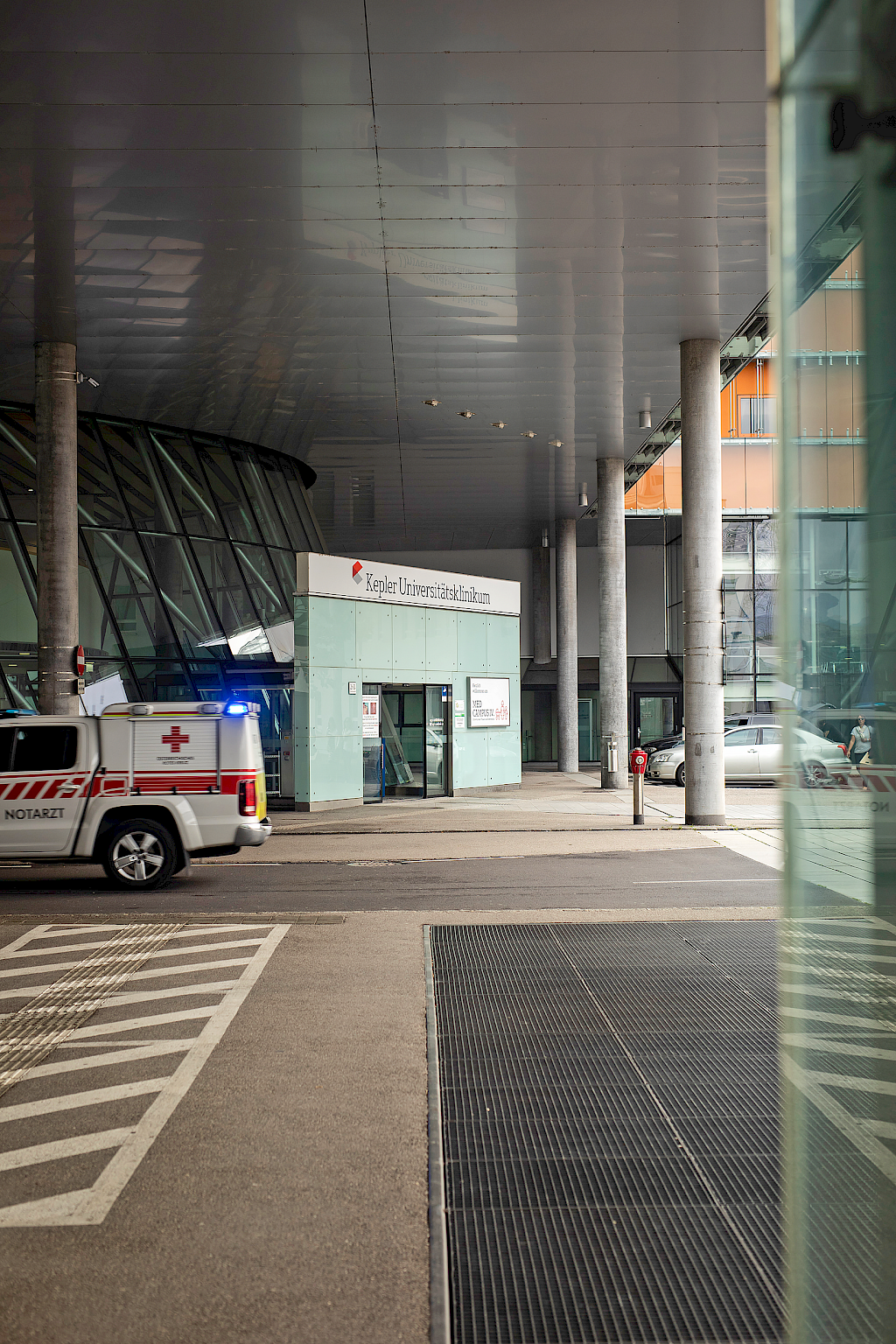
This interview has been pulished in issue 4 (2020).
Download issue 4 as PDF
